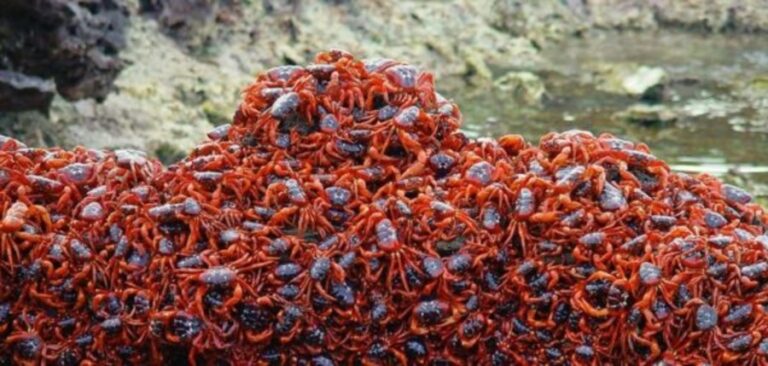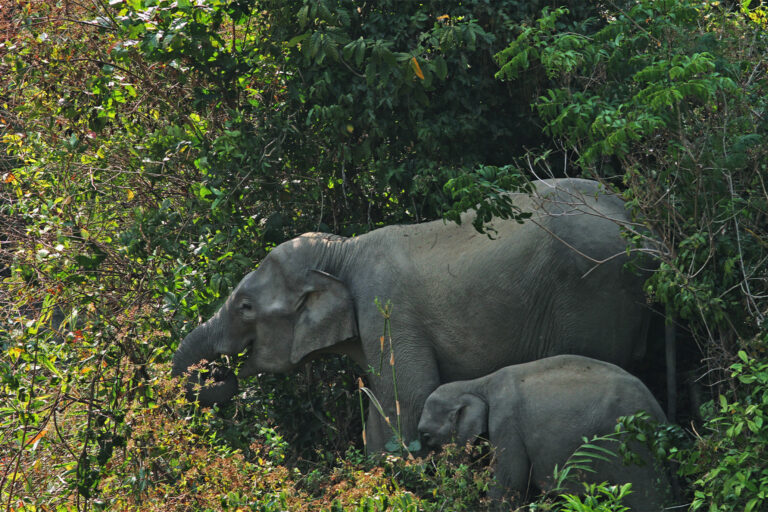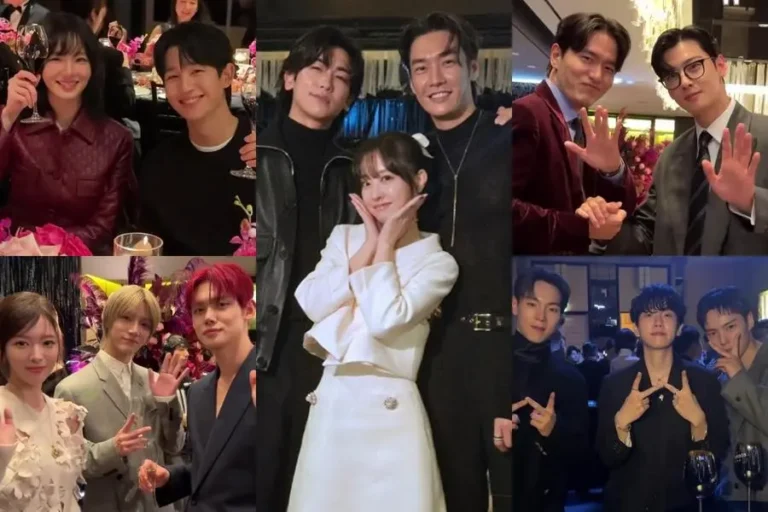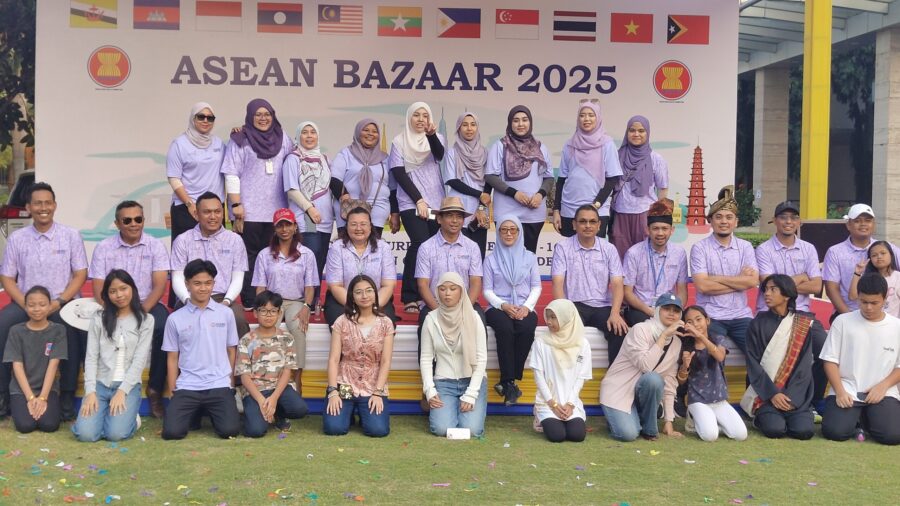
The High Commission of Malaysia hosted the ASEAN Bazaar at New Delhi on Oct. 11, marking not just a cultural celebration but also a symbol of ASEAN’s deepening engagement with India. The event was held under Malaysia’s chairmanship, themed ‘Inclusivity and Sustainability.’ The 2,000 attendees it drew included members of the diplomatic community, Indian officials, students, and families, all eager to experience the rich cultural and culinary diversity.
The Association of Southeast Asian Nations (ASEAN) was founded in 1967 and today includes ten nations. The member countries currently include Brunei, Cambodia, Indonesia, Laos, Malaysia, Myanmar, the Philippines, Singapore, Thailand, and Vietnam. Timor-Leste, the 11th member, will be joining the association this month.
In recent years, ASEAN embassies have begun hosting annual “ASEAN Bazaar” festivals to showcase the bloc’s cultural diversity. It brings together the current ten nations under one roof. These events aim to deepen mutual understanding by giving the public a taste of their neighbours’ traditions, and encourage people-to-people connections.
The Bazaar stands on the grounds of India’s long partnership with ASEAN. India established formal relations with ASEAN in 1992, with a dialogue partnership formalised in 1995. The relationship has been elevated through the annual ASEAN-India summits and ministerial-level meetings.
India has frequently been a part of ASEAN-led frameworks like the East Asia Summit, ASEAN Regional Forum, and ASEAN Defence Ministers Meeting Plus. ASEAN is India’s fourth-largest trading partner, with trade valued at around $150 billion in 2023.
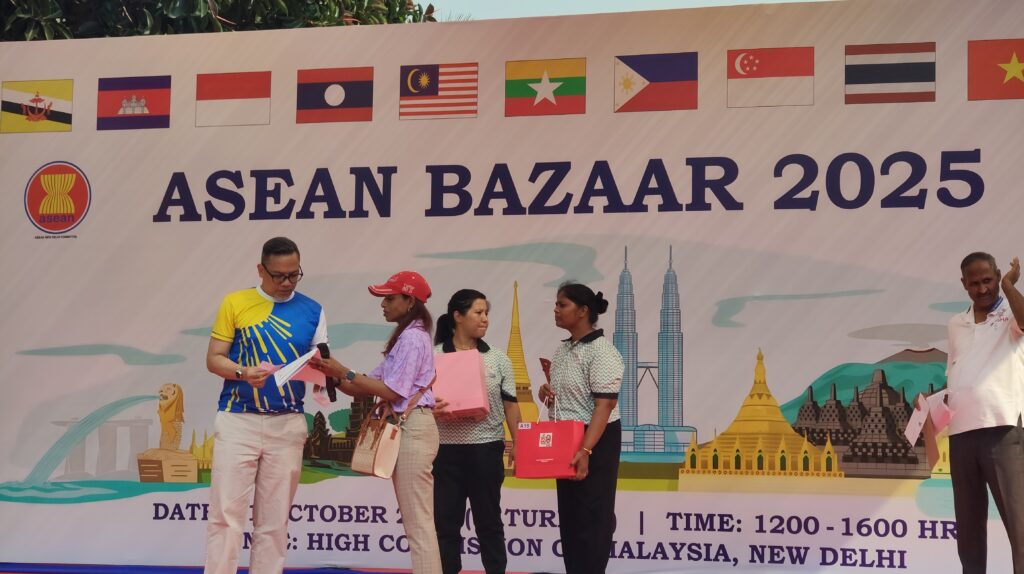
Malaysia, chairing ASEAN this year, used the event to showcase unity through diversity. H.E. Dato Muzafar Shah Mustafa, Malaysia’s High Commissioner to India, summed up the idea behind the event. “We are not just celebrating food and culture,” he said. “We’re celebrating what makes our region unique.” He continued to emphasise the importance of cultural exchange in strengthening regional and global ties.
H.E. Muzafar’s words came alive at the bazaar as the guests wandered through dozens of stalls showcasing regional traditions.
Visitors enjoyed a colourful array of traditional foods, reflecting the distinct yet interconnected cultures of Southeast Asia. Artisans displayed handicrafts from around the region, from polished jade from Myanmar to lustrous South Sea pearls from the Philippines. Adding to the lively atmosphere were performances of traditional music and dance, offering glimpses into the vibrant cultures of the various member nations. In all, the bazaar served as a platform for visitors to experience the culinary delights, traditional crafts, and cultural expressions from all 10 ASEAN Member States.
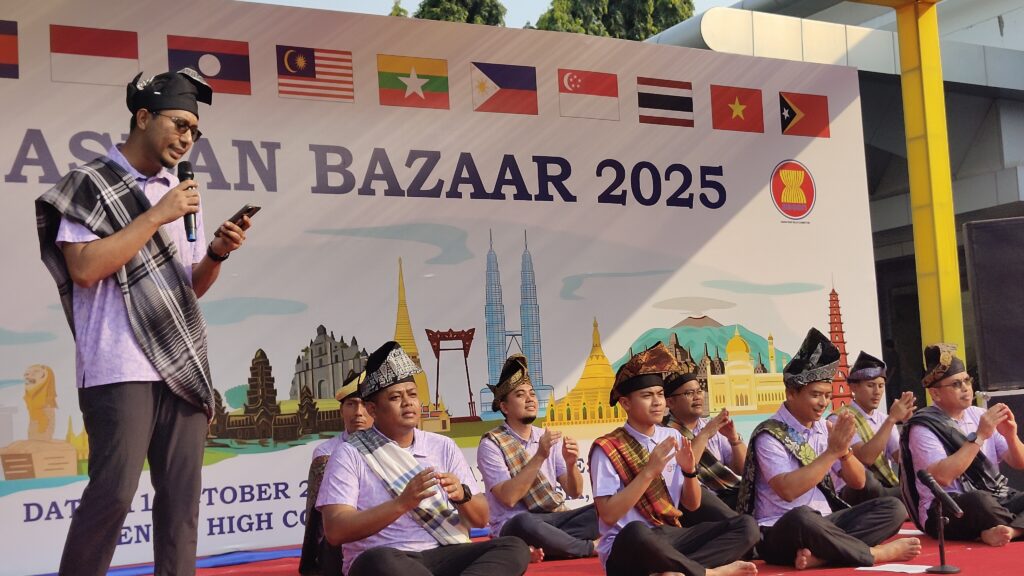
H.E. Muzafar continued to highlight ASEAN’s continued efforts towards economic integration, cultural cooperation, and most importantly, deepening relations with India. He lauded the wide scope that the two sides have for collaboration, including in areas such as green energy, digital technologies, and sustainable development. He underscored the potential of a growing ASEAN-India partnership in the years ahead.
This year’s edition in New Delhi reaffirmed ASEAN’s mission. The Bazaar stood as a reminder that diplomacy can often begin over the universal language of food, art, and friendship.
To explore more stories on culture, diplomacy, and events across Southeast Asia, stay tuned to The World Times.

